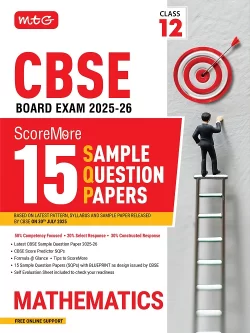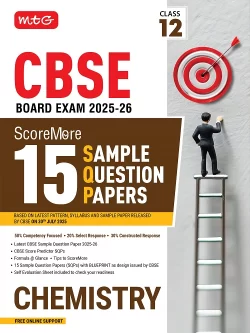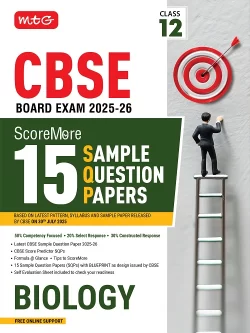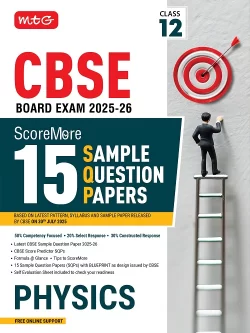MTG’s “Physics Lab Manual” for CBSE Students is a comprehensive handbook following the latest CBSE 2024 syllabus, is designed to assist students in their Physics practical exams. This guide covers a wide range of topics with which students can enhance their practical skills and confidently tackle their CBSE practical exams.
- Lab Experiments & Activities to provide hands-on experience and practical application of theoretical concepts.
- Investigatory Projects to promote students to design, plan, and execute experiments.
- Viva-Voce Questions will help remove any surprise & fear regarding the actual viva.
- NCERT Lab Manual Questions helps in familiarizing with the format and type of questions asked.


 Free delivery in India for orders over Rs. 1,100.00.
Free delivery in India for orders over Rs. 1,100.00.


























